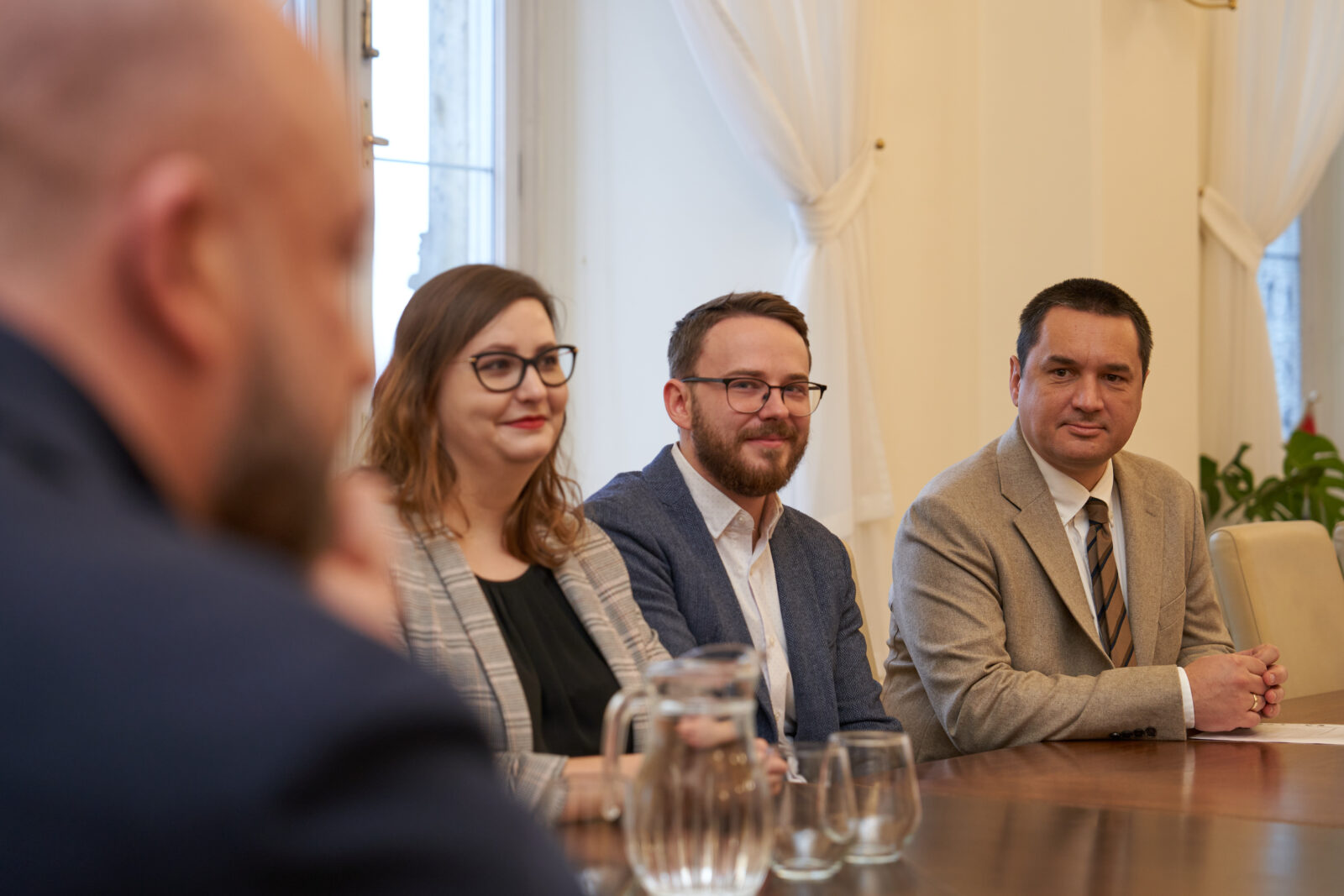
Our scientists counted all the residents of Wrocław
At the beginning of this academic year, expertise was carried out as a part of the research of the Laboratory of Demography and Statistics (Department of Social and Economic Geography of the University of Wrocław) as ordered by the Municipal Office of Wrocław. The aim of this research was to estimate the actual population of Lower Silesia’s capital city.
It turned out that there are almost 1/3 as many residents in Wrocław as the data of official statistics of the Statistics Poland shows. The research shows that there are 893.506 residents in the city according to data from the 31st of December 2022.
There are a few ways the number of residents data from population research can be used, proving its cruciality for the city’s development: variety of different plans and strategic analysis regarding transport, spatial planning, retrofitting social services. Next year, it will be used to carry out the Comprehensive Travel Study. It only proves that science can serve society in an application way. Population and demographic research has become a tradition in a scope of research carried out by the Department of Social and Economic Geography at the University of Wrocław and the Laboratory itself.
The research team consists of dr hab. prof. UWr Robert Szmytkie (leader of this project), dr Agnieszka Lisowska Kierepka, dr inż. Piotr Kryczka, and mgr Katarzyna Kuzara. The researchers used 11 databases and analyzed the information they got from them.
On our request, they stated the number of all the residents: those who are registered and those who are not, meaning those who are not included in temporary and permanent population registration. – the Mayor of Wrocław Jacek Sutryk explained during a press conference on the 7th of December 2023.
‘We took under consideration not only 11 significant databases, such as common information from the Statistics Poland or the National Population Census, but also we took under consideration information such as kindergarten recruitment, localization of new residential housing development, or even land usage buildings and complexes, the Wrocław Spatial Information System; finally, the number of residential and not residential properties, including occupied and unoccupied properties. However, it is only one part of the equation. The second one is specificity. We used the division of the city for over 4000 micro neighborhoods (commuting zones). Each zone was treated as an individual, which helped to estimate the precise number of residents in the city as the prof. Robert Szmytkie describes.
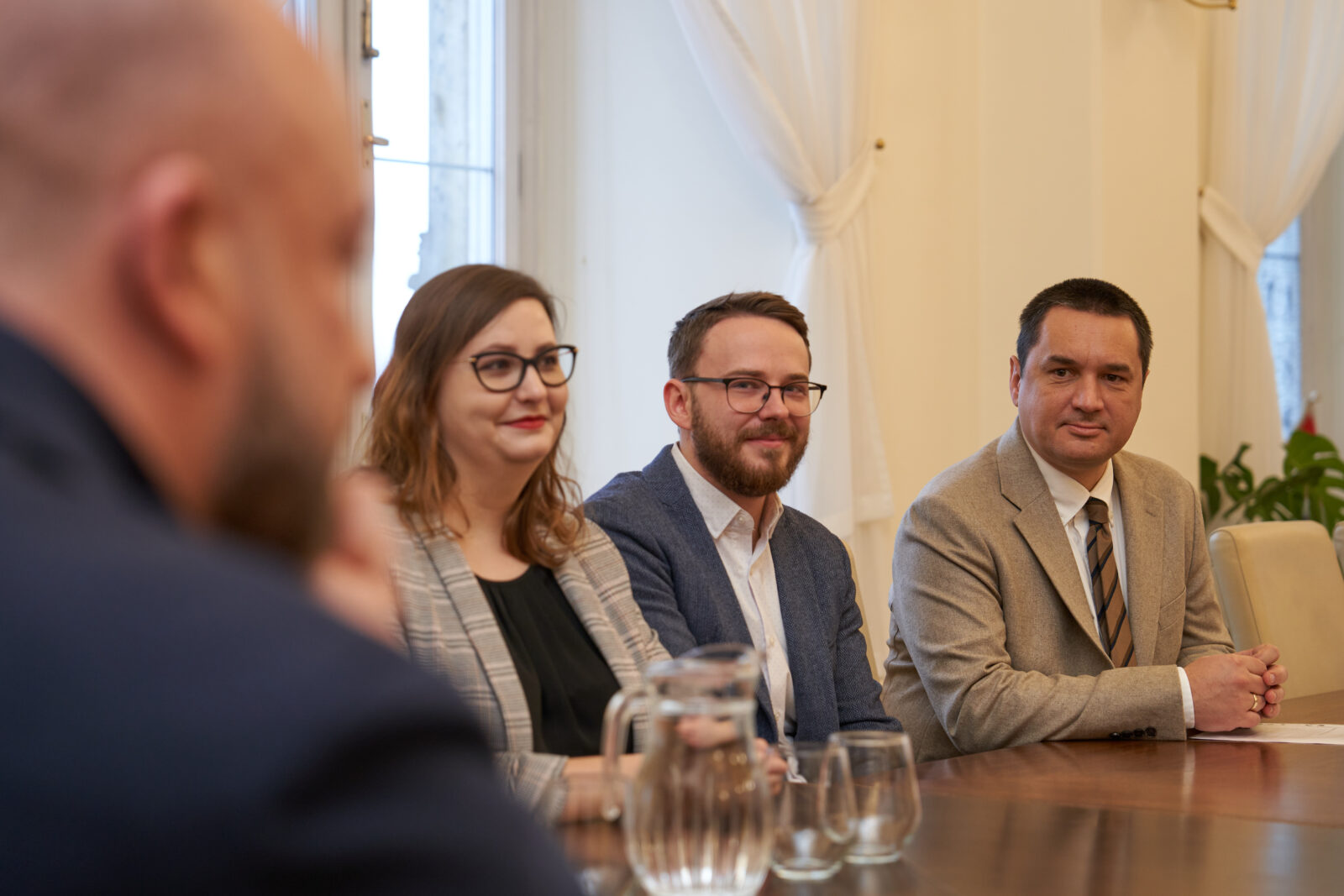


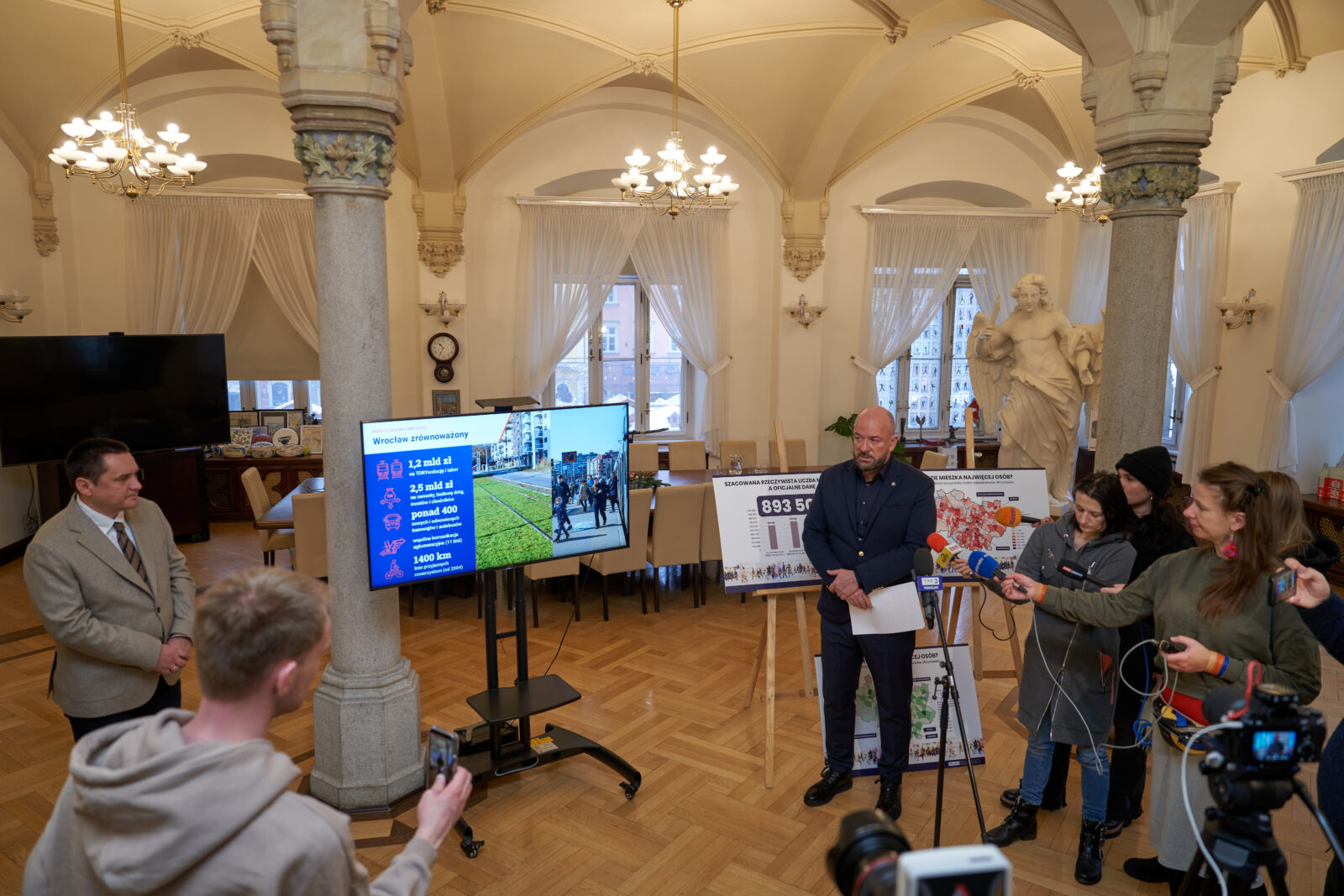

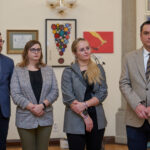
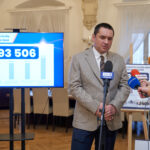
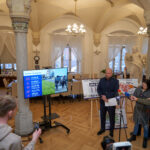
The data from Statistics Poland, the National Population Census or PESEL (Polish: Powszechny Elektroniczny System Ewidencji Ludności; Universal Electronic System for Registration of the Population) shows that there are approximately 600.000 to 675.000 residents of Wrocław, depending on the way of counting. However, they do not take into consideration immigrants or people who are not registered in the city but are living in it. There are almost 900.00 residents of Wrocław, including those registered and unregistered. People who commute to the city for work or school from neighboring boroughs are not included in this group. Wrocław is not a city with 600.00 residents but is going to become a city with a million residents soon.
Local government is planning to have a similar estimation done for Wrocław’s jumbal, which includes nine boroughs neighboring the city. Only such a collective and communal approach can provide a base for the agglomeration’s development. The Metropolitan Act, which big cities in Poland have been demanding, would also make it easier.
One of Jagodno’s circuits is a great example of why this research is so important. There are registered only 3300 people, while the new expertise shows that almost 8000 people live there. We are realizing other investments for Jagodno: a school was created, ul. Lutosławskiego, we are budling a TAT (trasa autobusowo-tramwajowa; bus-tram route), and we are planning a tram. Swojczyce is another example: new Chrobry bridges with tramway tracks were created, we are finishing a tram project to Swojczyce and we put it up for the European Funds for Infrastructure, Climate, Environment programme. – says Monika Kozłowska Święconek from the Sustainable Mobility Office.
Święconek adds that this report indicates the imperfections of the official statistics. Today, the number of registered people serves as a base for lawmaking and as a foundation for residential planning; officials claim that a flexible approach is needed. Wrocław will file a request to include an amendment to this act. The estimated number of Wrocław’s residents is interesting data itself but the most valuable aspect of it is its special distribution. It is the reason why we have the knowledge of which parts of the city are “underestimated” the most. – Święconek adds.
By: Katarzyna Górowicz-Maćkiewicz
Translated by Zuzanna Zapora (student of English Studies at the University of Wrocław) as part of the translation practice.



